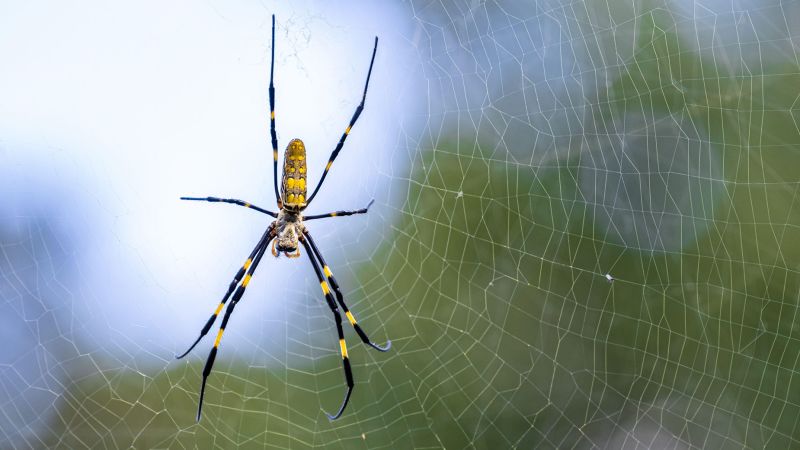As the Jorō spider continues to spread across the southeastern United States, its spindly homes can be spotted almost anywhere — even on power lines and stoplights hovering over busy roads.
Typical spiders — and most creatures — tend to find the noise and wind disturbance from nearby busy roads to be too stressful, but the Jorō spider doesn’t seem to mind much, according to a new study published in Arthropoda on February 13. This research could explain why the spiders are regularly spotted in urban areas that native spiders don’t inhabit and suggests the creatures are well-suited to thrive and spread in similar locations throughout the United States.
“If you ever look at a spiderweb next to a road, they’re jiggling and shaking, and it’s a cacophony of stimuli. … Roadsides are a really harsh place for an animal to live. But Jorōs seem to be able to live next to them,” said lead study author Andy Davis, a research scientist at the University of Georgia’s Odum School of Ecology.



I’ve seen a lot of Joro webs that are interlocking, with 3+ spiders living in web complexes. It’s quite unpleasant to run into face-first, but interesting to see. It doesn’t answer your question, but they seem more tolerant of each other than most other spider species.
I think that we’re likely better off trying to synthesize spider silk than cultivate it though.